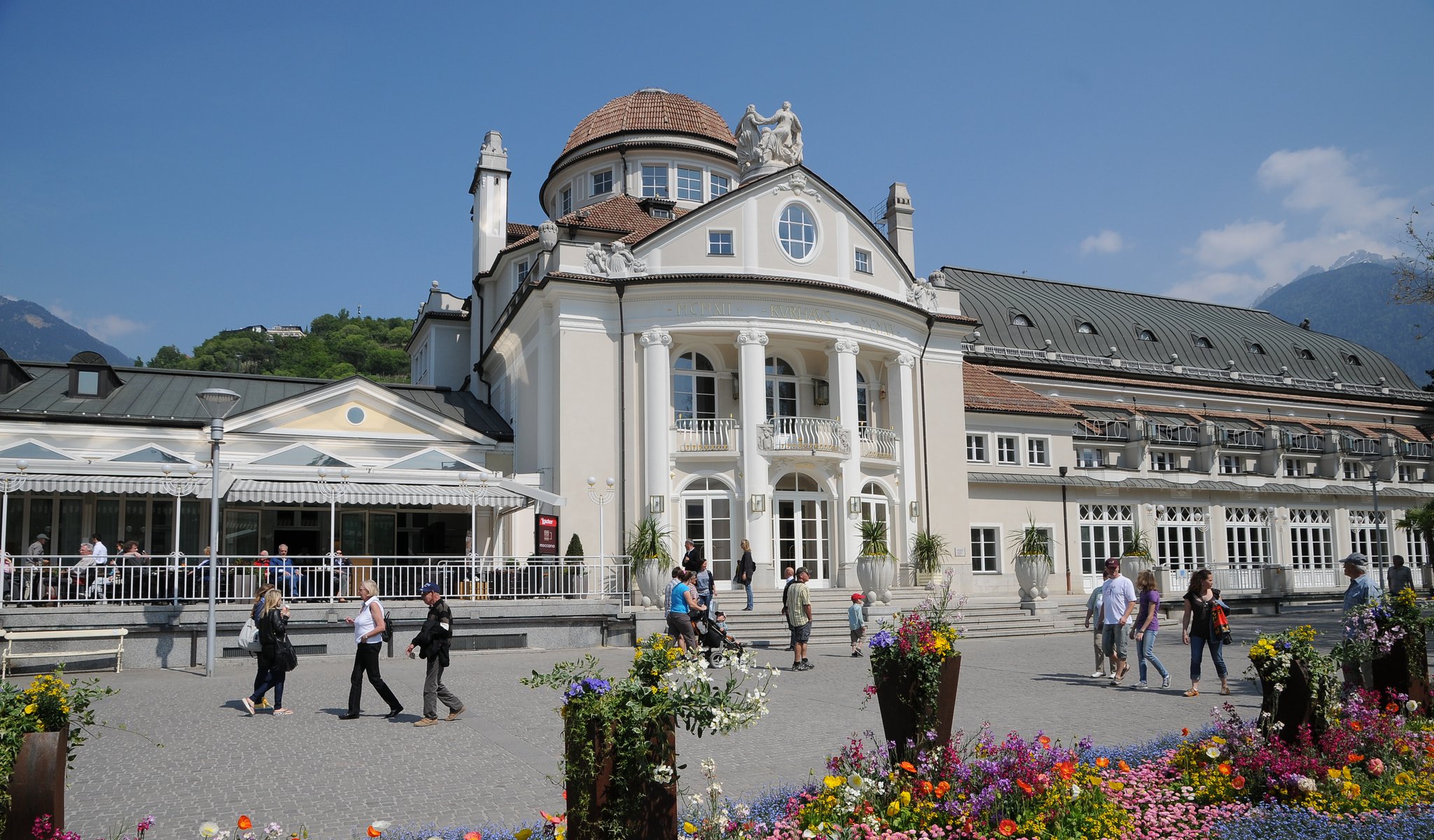
Program
Featuring
Other information
The event is about 2.5 hours long.
About the event
One of the most influential figures in operatic literature writes a love serenade, while Nicolas Altstaedt, an “individual category" in his field - as a writer for Hamburger Abendblatt refers to him - plays Haydn, and one of the stars of Western European classical music pays homage to Napoleon, then to an unsung hero. This focused yet diverse compilation is the program of the Budapest Festival Orchestra’s concert in Merano. The concert opens with the happy and successful Wagner's birthday present to Cosima, who has finally became his wife - full of Siegfried and Walküre quotes. Haydn's cello concerto, considered to be lost for nearly 200 years, is composed for one of the outstanding virtuosos of the author’s time. The solemn exclamation point to close the evening is delivered by Beethoven’s monumental ‘Eroica,’ a milestone in the history of music.
"Tribschen idyll with Fidi's bird song and orange sunrise, performed by Richard as a symphonic birthday greeting to his Cosima in 1870", says the title page of what is now simply known as the Siegfried idyll. On Christmas morning 1870, Cosima's birthday, dozens of musicians gathered in the staircase of the Wagners' home in Tribschen to wake the celebrant with a fabulous serenade. After the performance, Siegfried, alias Fidi together with his brothers handed over the score to their mother, who happily rose from her bed in their orange-wallpapered bedroom. Although Wagner had not intended to publish the work, financial difficulties led him to publish it in 1877 in his own transcription for large orchestra.
The distinguished cellist of the Esterházy court orchestra, Joseph Weigl was not only a muse but also a good friend of Haydn. The composer also dedicated his first cello concerto to him. The work, written sometime between 1761 and 1765, evokes the world of the Baroque concertos rather than the classicals, but Haydn often transcends the ritornello form and monothematic movements. The tempo of the first movement is moderate, its melodies are catchy. At first, the cello strikes a chord and then introduces the themes in an increasingly ornate manner. The piece concludes with a virtuoso finale with a refrain structure after the sometimes darkening but essentially lyrical middle movement, which is accompanied only by strings.
The dedication to Napoléon and hidden programs invented by fanciful musicologists notwithstanding, what we know for sure is that Beethoven eventually dedicated his Third Symphony, “composed to celebrate the memory of a great man,” to one of his most generous patrons, Prince Lobkowitz. The dramatic opening movement is full of melodies, yet the mood of the music is solid. The slow mourning procession deepens the earlier pain, for which the unexpected scherzo provides a remedy. The symphony ends in a variational finale, the main subject of which has already been used by Beethoven several times. The movement includes a fugue, Hungarian motifs, and much more.